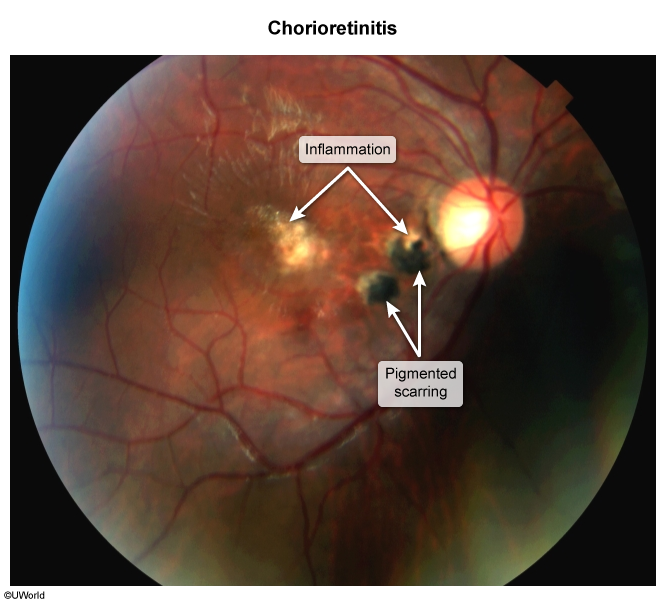TORCH Infections
Article Sections
Introduction
TORCH infections are a group of infections that can be vertically transmitted (ie, mother to fetus), potentially disrupt the developing fetus, and lead to congenital anomalies, neonatal sequelae, and fetal or neonatal death. The TORCH acronym accounts for the most common causes of congenital infection, which are Toxoplasmosis, Other (syphilis, varicella-zoster, parvovirus B19), Rubella, Cytomegalovirus, and Herpes simplex virus. A feature common among all infections is the impact of timing: The risk of fetal infection is highest in the third trimester but the consequences are lower. In contrast, the risk of fetal infection is lower during the first and second trimesters but the potential consequences are more devastating.
Prevention of TORCH infections involves a combination of patient counseling and vaccination. Patient counseling provides ways to limit infectious exposure such as proper handwashing techniques and avoidance of cat litter, raw meat, and garden soil. Vaccination against rubella and varicella is available; however, these are live-attenuated vaccinations and should be given at least 1 month prior to conception, as administration during pregnancy is contraindicated.
Continue Learning with UWorld
Get the full TORCH Infections article plus rich visuals, real-world cases, and in-depth insights from medical experts, all available through the UWorld Medical Library.
Figures



Images
